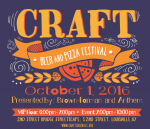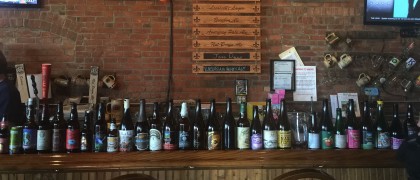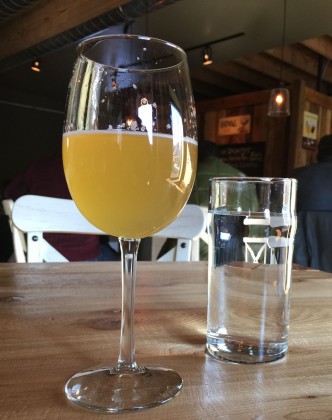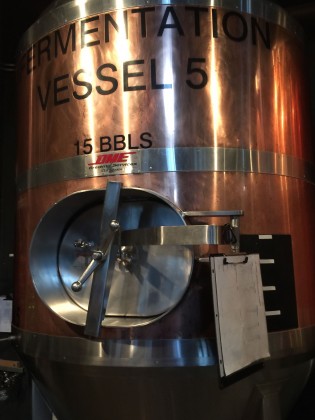Beer is a lot like bread – both figuratively and literally.
Mass marketed lagers are like grocery store white bread. People know what to expect and it can be found everywhere. You can make a sandwich from it, it serves a purpose but it is not – by itself memorable.
Artisan breads are like the craft beers of the world.
If a mass-market drinker picks up craft ale expecting it to taste similar to a Coors they are going to hate it. It does not fit into the dominant construct of what a beer is. One cannot expect white bread and receive dense pumpernickel – chances are – you are going to hate it!
How many people have heard from their friends and family – I don’t know how you drink that stuff, its too heavy, its too dark, its too strong, etc. Folks should understand that mass marketed pilsners are only one style among many, and comparing an oatmeal stout to a lager (many people’s only definition of “beer”) is comparing apples to oranges.
Education about the wide varieties of beers in the world has helped many people understand and embrace craft beer.
As beer geeks/nerds/aficionados we can help our friends to further understand that there are dozens of distinct beer styles with their own characteristics – just like breads.
If I expect all beer to be like a lager, or all bread to be like a slice of Wonder Bread – I’m going to be disappointed. Bread can be a baguette, a spelt loaf, or a focaccia. A brioche, sourdough, injera, challah, or soda bread. So many flavors and textures!
This is just like beer – there are so many styles with tremendous flavors and textures. Belgian sours, delicate kolschs, spicy rye IPAs, boozy barrel aged stouts, nutty brown ales, and so many others!
We have to broaden our own knowledge and if we want our friends to understand “craft beer” we can help them redefine beer to something that is beyond mini-mart white bread.
I began learning the huge variety of beer styles by getting on BeerAdvocate.com searching the style section and reading the defining characteristics while drinking that style. By reviewing random beers that I had purchased and then comparing what I had described to that of more experienced reviewers really helped me to fully enjoy that beer. I became pretty good at picking out flavors and understanding the different styles/expectations.
Additionally I researched the Beer Judge Certification Program style guidelines (website or app). By consulting these I learned what elements define a particular style. An Extra Special Bitter should have a fruitiness to it but a Czech pilsner should not. A rauchbier should be smoky and a Lambic should make you pucker.
Ultimately you want to drink a beer that tastes good and not necessarily to get caught up in whether it is true to style. That is exactly why it is important to have some familiarity with style guidelines. It helps you pick out what you like and helps you narrow down what to search for (or avoid) on the crowded store shelves and tap handles.
It is a great time to be a beer fan – there are so many choices. Sometimes the shear wealth of variety can be overwhelming. Knowing the styles can make you and your friends more satisfied beer drinkers!
Don’t settle for white slices when you can have rye – and don’t expect a Bud Light when you drink a Coco Porter.








